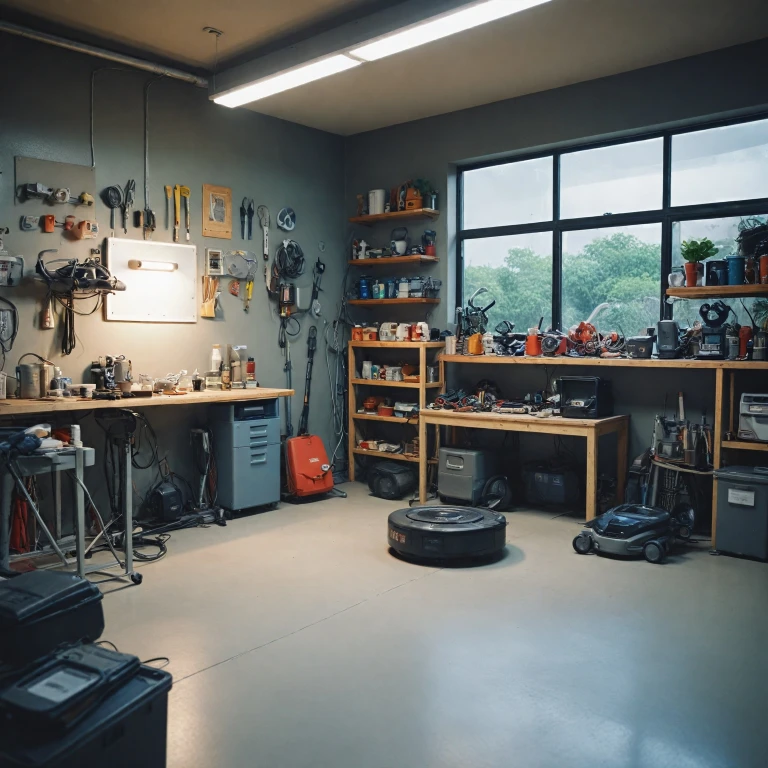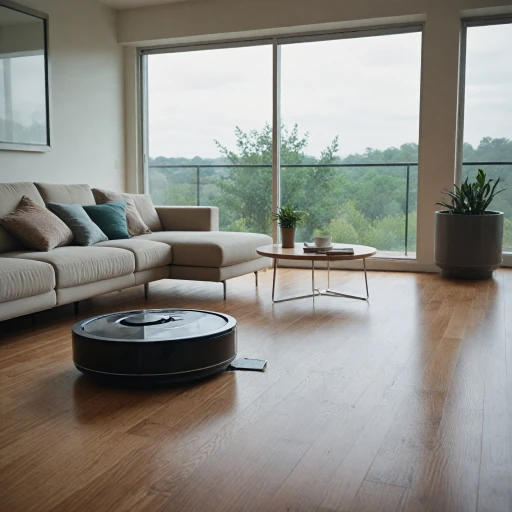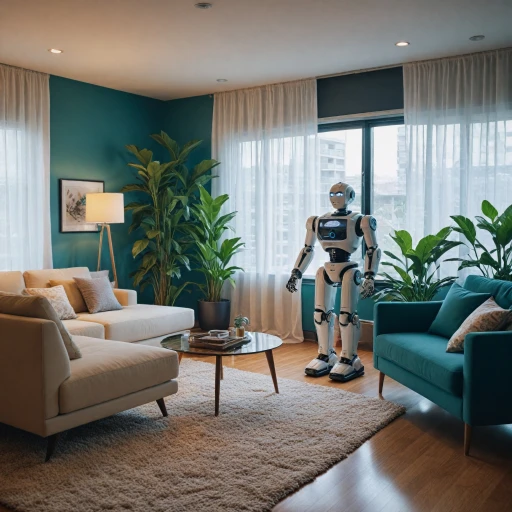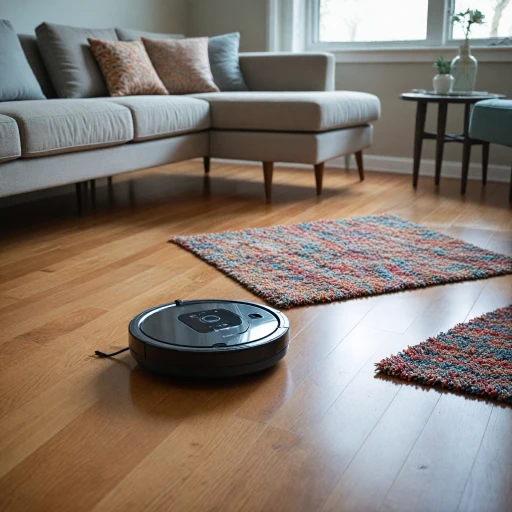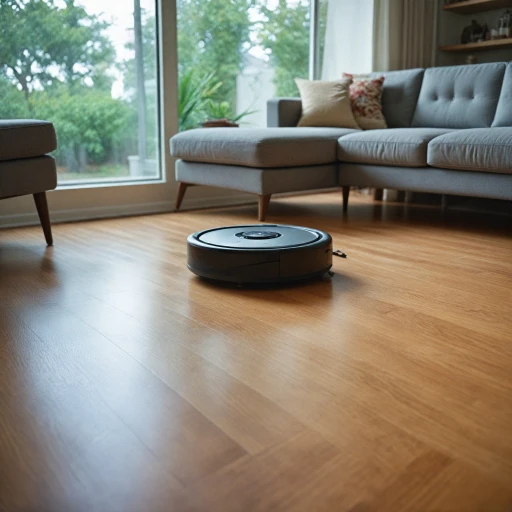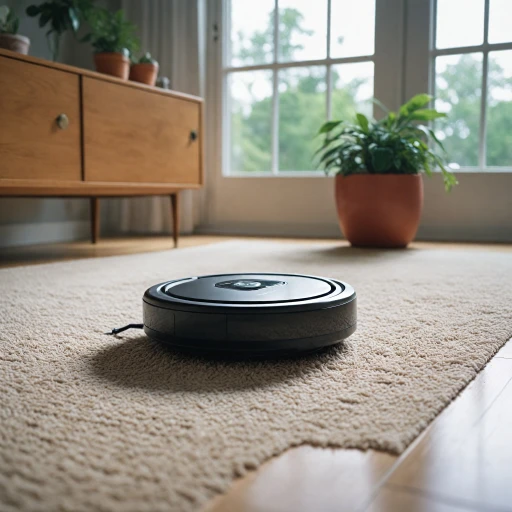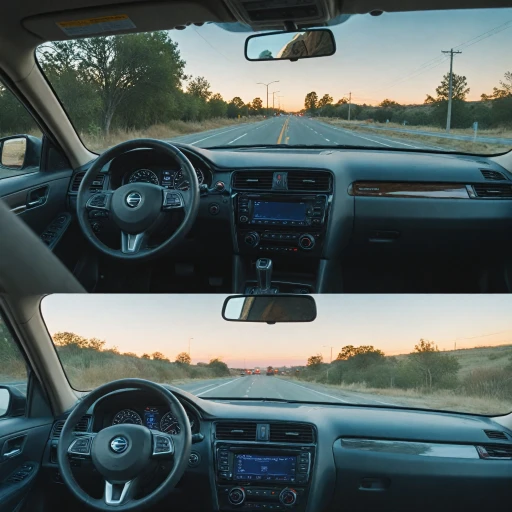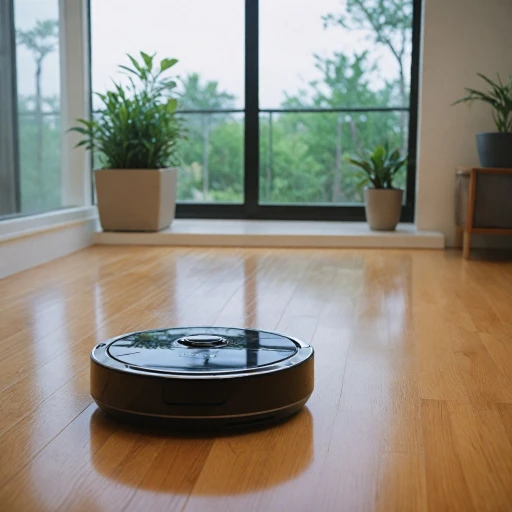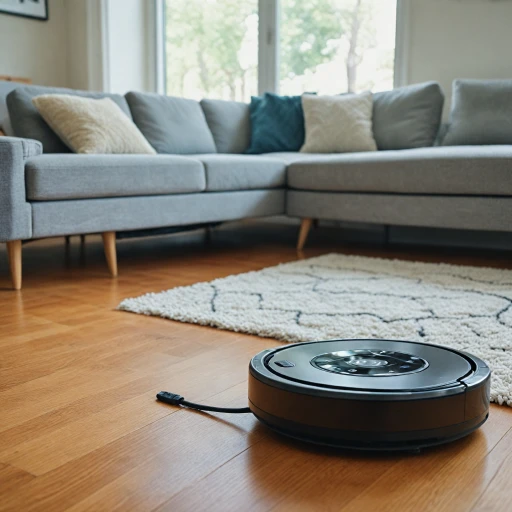Understanding the Need for Garage Robot Vacuums
Why a Garage Robot Vacuum Makes Sense
In recent years, technological advancements have revolutionized how we approach everyday cleaning tasks. Amid these transformations, robot vacuums have emerged as a convenient solution for cleaning various sections of our homes, including often overlooked areas like the garage. But why specifically choose a specialized robotic cleaner for this part of your home? Garages frequently accumulate a significant amount of dust, dirt, and debris due to high traffic and exposure to the elements. Standard cleaning methods might not always be practical or effective for tackling the unique challenges presented by garage floors, which can range from smooth concrete to rougher textured surfaces. Adopting a robot vacuum for this area comes with a few undeniable benefits:- Consistent Cleaning: Where you might not be able to maintain a regular cleaning schedule, a robot vacuum ensures your garage floors stay free of dust and dirt without constant manual effort. This is especially crucial for garages that see frequent use, such as workshops or storage spaces.
- Adapts to Varied Surfaces: Equipped with brushes and suction power, these vacuums can adapt to the different surfaces often featured in garages, from concrete floors to carpets or rugs placed near workbenches.
- Maintains Health Standards: By keeping the garage cleaner, you contribute to a healthier overall home environment as less dirt gets tracked indoors.
Key Features to Look for in a Garage Robot Vacuum
Essential Criteria for Effective Garage Floor Cleaning
When selecting a robot vacuum for your garage, it's important to focus on key features that will ensure efficient and effective cleaning. Garages can be particularly challenging environments, with concrete floors often covered in dust, dirt, and other debris. Here are some essential criteria to consider when shopping for a garage-appropriate robotic vacuum.
High Suction Power and Dirt Handling
Garages tend to accumulate more stubborn debris than your typical indoor spaces. Strong suction power is crucial to capture all the dirt and dust efficiently. Models designed specifically for such heavy-duty tasks, often marketed for their ability to handle larger particles, should be prioritized. It's important to choose vacuums equipped with high-capacity dust bins or dust bags to reduce maintenance frequency.
Durable Brushes and Side Brush Efficiency
Look for robotic vacuums featuring robust brushes and efficient side brushes that can clean corners and edges effectively. Models like the iRobot Roomba and Eufy RoboVac often boast strong brushes conducive to garage cleaning. A durable set of brushes will not only prolong the device's life but also ensure a thorough job on hard and uneven surfaces.
Adaptability to Various Garage Floors
Garages may have different floor types such as concrete, epoxy, or even mixed surfaces. A robot vacuum with floor sensors can seamlessly transition and adapt its cleaning strategy accordingly. This ensures the cleaner operates effectively across all areas without losing efficiency.
Additional Mop Functionality
For garages that might need a bit more than just vacuuming, consider a vacuum mop hybrid. This dual-functionality can aid in removing stains and providing a more comprehensive clean. A vacuum with a mop pad attachment can handle both wet and dry cleaning tasks effortlessly.
Smart and Connected Features
Advanced models offer connectivity features that allow them to integrate into a smart home system, giving you more control and convenience. Implementing functionalities like scheduling, remote monitoring, and quick setup can be a great advantage. For more on integrating your vacuum into a smart garage environment, explore the world of American-made robot vacuums for insights.
Top Garage Robot Vacuum Models to Consider
Leading Garage Robot Vacuum Models for Every Need
Investing in a reliable garage robot vacuum can transform your garage cleaning experience. To help you make an informed decision, we’ve compiled a list of some top-performing models that are known for their efficiency in tackling garage floors, whether concrete or otherwise. These products excel in removing dirt, dust, debris, and even handling more robust cleaning tasks with ease.- iRobot Roomba j7+
This model boasts impressive suction power, making it perfect for picking up the dirt and dust that often accumulates in garages. Its advanced brushes work well on various floor types and its capability to clean corners ensures comprehensive coverage. Additionally, its smart mapping technology allows for efficient cleaning patterns tailored specifically to your garage layout.
- Eufy RoboVac X8
Known for its twin-turbine technology, the Eufy RoboVac X8 is a robust option for homeowners needing powerful suction for their garage floors. This model not only vacuums but is also equipped with a vacuum mop feature, making it an excellent dual-purpose tool for maintaining clean garage floors. Its slim design allows it to navigate under low-clearance spaces, an important aspect for many garages.
- Neato D9 Intelligent
With its D-shape design, the Neato D9 is adept at cleaning edges and corners commonly found in garages. It has a large dust bin, reducing the frequency of disposal, and its powerful suction makes short work of any loose debris. The Neato D9 also offers impressive autonomy, thanks to its extended battery life.
- Dirt Dog
Specifically designed for garages and workshops, the Dirt Dog robotic vacuum focuses on more rugged cleaning needs. Its efficient side brush and robust vacuuming capability make it suitable for environments with heavier dust or debris. It's a straightforward model that prioritizes performance over optional bells and whistles.
Consider Compatibility with Advanced Technology
Many users are now integrating their robot vacuums into larger smart home systems. When selecting a model, it may be beneficial to choose one that easily joins with existing networks. Smart features such as voice commands or app-controlled cleaning schedules can greatly enhance usability and ensure your garage remains spotless with minimal effort. For readers interested in the versatility of cleaning solutions, exploring the versatility of cordless wet and dry vacuums can provide further insights into comprehensive home maintenance.Maintenance Tips for Garage Robot Vacuums
Regular Maintenance for Optimal Cleaning Performance
Maintaining your robot vacuum is crucial to ensuring it operates at its best, particularly in challenging environments like garages. Regular cleaning of floor roomba components is essential since garages can present tough conditions with concrete floors and an array of dust and debris.
- Empty the Dust Bin: After each cleaning session, make sure to empty the dust bin, especially after deep cleaning days when the robot vacuum picks up significant dust and debris.
- Clean and Replace Brushes: The side brush and main brushes accumulate dirt, hair, and other debris over time. Regular cleaning is necessary, and be prepared to replace them periodically to maintain the cleaning efficiency.
- Check the Mop Pad: If your vacuum has a mop function, keep an eye on the mop pad. It's essential to clean it regularly or replace it to maintain its effectiveness in tackling stubborn stains on garage floors.
- Maintenance of Suction Power: The suction power of your robotic vacuum is vital for deep cleaning garage floors. Ensure there are no blockages in the airways and that the filters are clean. This is especially important for robot vacuums like the Eufy RoboVac and iRobot Roomba, known for their powerful suction.
- Handle Dust Bags with Care: For models equipped with dust bags, do not let them overfill, as this can impact the vacuum's performance. Always follow the manufacturer's recommendations for replacing them.
Troubleshooting Common Issues with Garage Robot Vacuums
Resolving Performance Glitches
Even the most advanced robot vacuums, like the iRobot Roomba or Eufy RoboVac, occasionally face issues that can hamper their cleaning performance, especially in garages. Here are some common problems and potential solutions:
- Decreased Suction Power: Ensure the dust bin is empty and not clogged with debris. Regularly check and clean the filters to maintain optimal airflow. Some models, like the Roomba, have a "dirt dog" feature that signals when maintenance is required.
- Faulty Mop Pads: If your vacuum mop doesn’t clean as effectively, inspect the mop pads for wear and tear. Replacing these routinely ensures better cleaning on concrete floors.
- Brush Malfunctions: Brushes can get entwined with hair or threads. Clean main and side brushes frequently. Look for replacement parts if any components are worn out.
Addressing Navigation Challenges
Robotic vacuums can occasionally encounter navigation issues on uneven garage floors. These tips might help:
- Floor Obstacles: Declutter the garage to prevent the vacuum from getting stuck. Items like cables, shoes, or small objects can hinder mobility.
- Boundary Adjustments: Utilize virtual walls or magnetic strips to keep the vacuum cleaner in designated areas, especially in larger or more cluttered garages.
Error Codes and Alerts
Most modern robotic vacuums provide error codes or audio alerts to diagnose issues. Familiarize yourself with your model’s troubleshooting guide, as it can provide specific solutions to ensure your robotic vacuum continues to clean effectively.
Stay proactive with maintenance and understanding these common issues to keep your garage floor roomba running smoothly. A well-maintained robot can make a big difference in keeping dirt and dust at bay in your garage space.
Integrating Your Garage Robot Vacuum into a Smart Home System
Connecting to Your Smart Home
Integrating a garage robot vacuum into your smart home system can streamline your cleaning routine and increase efficiency. A robot vacuum with smart home compatibility allows you to control it remotely, automate cleaning schedules, and even receive alerts for maintenance. Here’s how you can achieve seamless integration:
- Choose a Compatible Model: Start by ensuring your robot vacuum is compatible with your existing smart home system, such as Amazon Alexa or Google Assistant. Many models, including popular choices like the Eufy RoboVac and iRobot Roomba, offer smart connectivity features.
- App Control: Utilize the vacuum’s dedicated app to coordinate cleaning sessions. This app typically lets you start, stop, and schedule cleanings, and manage specific cleaning zones within your garage. Apps often offer notifications about the dust bin status or brush maintenance.
- Automation and Scheduling: Smart home integration allows you to set cleaning routines when your garage is less likely to be in use. Automate your robot vacuum to address dirt and debris daily or weekly, enhancing the cleanliness of your garage floors.
- Voice Commands: With voice assistant compatibility, you can control your robotic cleaner using simple commands. Direct your vacuum to clean specific areas, increasing its efficiency in maintaining garage cleaning.
- Regular Updates: Keep the vacuum’s software updated through the app to ensure optimal performance with your smart home system. Software updates frequently include enhancements and new features for better cleaning and connectivity.
Incorporating a garage robot vacuum into your smart ecosystem not only boosts convenience but also enhances the overall functionality of your home’s automated system. A well-chosen and seamlessly integrated cleaning robot handles tough dirt and dust on concrete floors effectively, easing your cleaning load.
